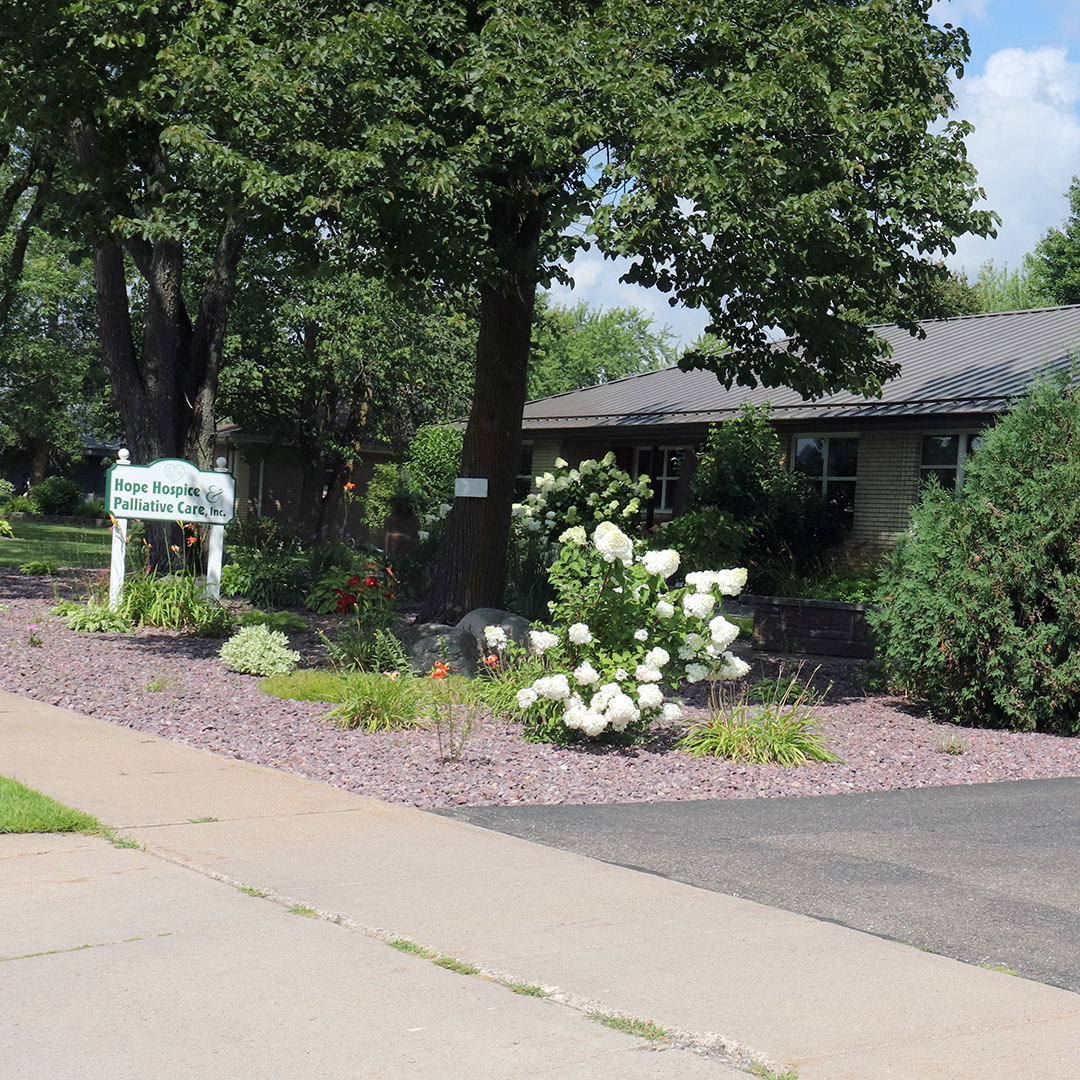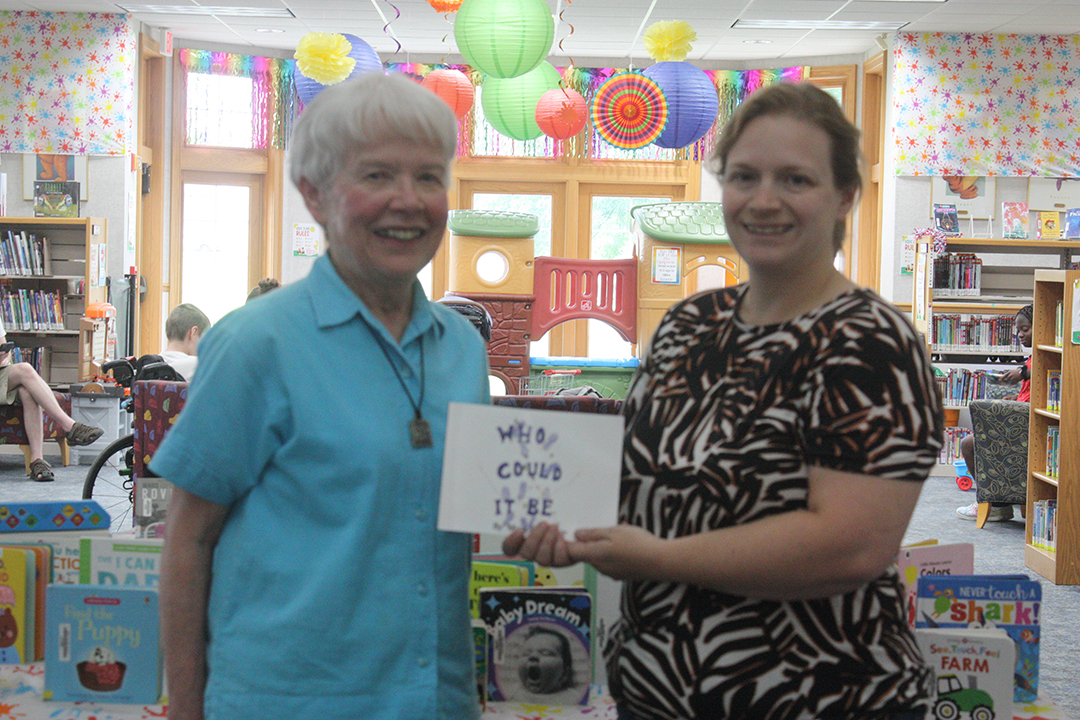Suspected suicide pact draws attention to mental health concerns


Suicide is an uncomfortable topic, and it’s even more uncomfortable when you’re discussing it with a child, but the recent discovery of a suicide pact in Clark County makes that conversation all the more necessary.
In early May, an Abbotsford student died of self-inflicted injuries, leaving the community reeling and struggling to come up with answers. According to Taylor County Human Services, there may have been a connection between the death of the child in early May and the murder of two young girls in Abbotsford on July 5, 2024. Reportedly, the children involved in the pact may be acting in response to all three deaths, with the date of July 5 having some significance.
Taylor County Human Services became aware of the suspected pact after a young person from Clark County came to the Aspirus Medford Hospital Emergency Room. A representative from human services met with that individual before speaking to representatives from Clark County Human Services. Through that conversation, the pact became evident to Taylor County.
The departments quickly convened a meeting with agents from multiple entities, including Marathon County, to pool their information and get ahead of the situation. In addition, Taylor County school social workers were notified.
“There’s not really protocol because we never really had this,” said Taylor County clinical services coordinator Jen Meyer. “In the last 20 years I’ve never heard of a pact.”
There was information circulating between the departments that there could be between five and 30 kids involved in the pact, but Abbotsford School District administrator Ryan Bargender says that information could be inaccurate. He said the district does not have evidence to support those numbers.
This could be because communication between agencies can be cumbersome due to privacy restrictions that don’t allow departments to discuss personal details without the patient’s permission. For example, a human services department may have information regarding a student that a school might benefit from knowing, but without a signed release from that student’s guardian, human services is not allowed to disclose the information. Gray area between police departments and school liaison officers can also bottleneck details.
And while these organizations grapple with the best way to help children and streamline information without violating vital HIPAA (Health Insurance Portability and Accountability Act) laws, kids in these communities have started requiring mental health services younger and younger. Meyer states that each year, Taylor County Human Services usually sees an additional 10 patients taking part in mental health services, but in the last year, she’s observed a significant increase, especially in kids ages 14 18, with her youngest client for crisis intake just seven years old. “There’s a lot of pressure on these kids to have sports and pile on other classes and do really well, and the reality is there’s not enough time, not enough sleep, a negative impact on family and all these other things. How do we decrease that load on the kids?” Meyer wondered.
“The layers and levels of trauma I am seeing in the last five years is deep,” said Abbotsford Elementary School principal Abbey Frischmann.
Trauma refers to deeply emotionally painful experiences that can leave children with long-lasting, negative impacts on their mental, emotional and physical health.
Teachers and mental health professionals warn parents to watch for signs that children could be depressed or struggling, such as isolation or withdrawal, irritability, anger, or not eating or sleeping.
Taylor County crisis service facilitator Lori Walsh reports that sometimes these symptoms can present as typical teen behavior and encourages parents to dig a little deeper.
Abbotsford Middle/High School principal Melissa Pilgrim states that children will react to trauma differently, with some students engaging in poor choices or behavior while others may reach out in various ways, complaining about a stomach ache or visiting the nurse’s office multiple times a day.
“Sometimes it may be those big signs, but sometimes it’s not,” Frischmann said.
Meyer also encouraged loved ones to dig deeper, starting with cell phones. She knows two of her underage clients have written suicide notes, but these notes aren’t always on paper and stashed in a dresser drawer; instead, kids are writing these notes on their cell phones. Professionals urge caution and vigilance when it comes to your child’s cell phone use in general.
“Social media is playing a huge impact, and even if your kids aren't on social media, there are some platforms that encourage them to talk about suicide,” Walsh said.
Walsh and Meyer warn that social media use can include threats and blackmail, such as sextortion, which is what happened with Bradyn Bohn, a 15-year-old Kronenwetter boy. Bohn died from self-inflicted injuries in March of this year after a scammer persuaded him to exchange nude pictures. After the exchange, Bohn was told that his photo would be released to his loved ones if he didn’t send money. He sent $300, but that wasn’t enough. Bohn endured hours of threats before taking his own life.
Frischmann strongly encourages guardians to closely monitor their children’s devices daily, and to normalize that conversation with kids from the get-go.
Walsh and Meyer also advocate for children to have time away from their devices. By scheduling your child’s time with their phone, you’re giving them the opportunity to engage elsewhere, like spending time with family and friends or outside.
Professionals also ask caregivers to be wary of the apps kids are using, with Frischmann stating, “There are apps that look like calculators that have chat rooms on them.” These are vault apps, or apps that look like a typical cell phone calculator, but once the user types in their code, the app unveils a secret storage space for pictures, videos, notes or hidden chats.
Bark, a popular parental control app, lists the 12 most dangerous apps for kids as Snapchat, Instagram, Discord, Yik Yak, TikTok, Twitter/X, Omegle copycats, Kik, Telegram, Hoop, vault apps, and Roblox, in no particular order. They state that these apps can expose children to inappropriate content and/or have features that can be misused or lead to privacy concerns.
While built-in parental controls and parental control apps can help keep children safe online, some experts recommend that the best online safety resource is you, the guardian. In addition to observing children for signs of depression and trauma, parents and caregivers should begin open conversations with children about online safety.
The best time to have this conversation is when everyone is calm and not right after an incident or a moment when tensions are high and your child is stressed. It should be worded as a parental responsibility and not due to a lack of trust in the child. You’re making sure they’re safe and not being tricked or pressured. Using “we” instead of “you” changes the tone of a conversation, making it feel like a team decision. Validate the child and let them know that their privacy is important to you, and let them know they can come to you if anything happens that makes them feel uncomfortable. Offer to go through their phone together, and discuss timelines for scheduled phone check-ins. Be transparent about your intentions, and be consistent.
Ultimately, the weight of ensuring the safety of the region’s children falls on the entire community. It starts at home, with adults checking in with their children and observing them for signs of distress. It continues at school, where professionals once tasked with simply educating children are now on the front line. It extends to county professionals and other clinicians who offer services, provide education and hold seminars.
But what if that isn’t enough? How can you help if you’re not a parent, teacher or mental health professional?
You can show up to events like CALM Conversations, to be held at the Taylor County Multi-Purpose Room on Thursday, June 19 at 6 p.m. where you can learn how to recognize and respond to suicide risk, or events offered at local schools, like the Mental Health Awareness Walk at the high school track in Abbotsford at 5:30 p.m. on June 25.
And you can speak up if you see something. Maybe you notice that the same child that always waits for the bus across the street is usually bright and chipper, but now seems more quiet and isolated, or you’ve observed the child of a family friend experiencing sudden emotional shifts. You may know a child who’s been reckless and engaging in risky, dangerous behavior, or one who has started wearing long sleeves when they haven’t previously, or a kid on your social media page who has been making grave statements.
In these circumstances it’s better to overreact than do nothing. You can gently approach the child if it’s appropriate and safe to do so, saying something like, “I know we don’t know each other, but you seem upset and I just wanted to check in.” You can call the school and speak to the principal, or tell a coach or event staff.
In a situation that feels serious, you can call 911 or a crisis line. In Taylor County, that line is (866) 317-9362, and in Clark County it’s (800) 863-3560 (or text “hopeline” to 741741 from anywhere). You can also call the suicide and crisis lifeline at 988.
Editor’s note: This is part one of a series of articles to bring awareness of the growing suicide and mental health crisis impacting communities in Wisconsin.



